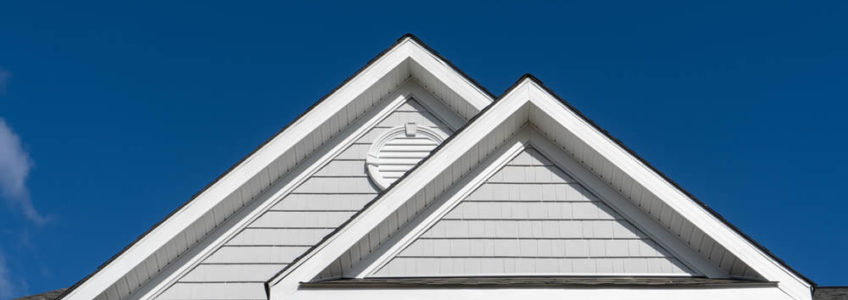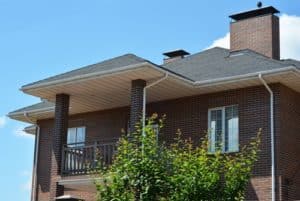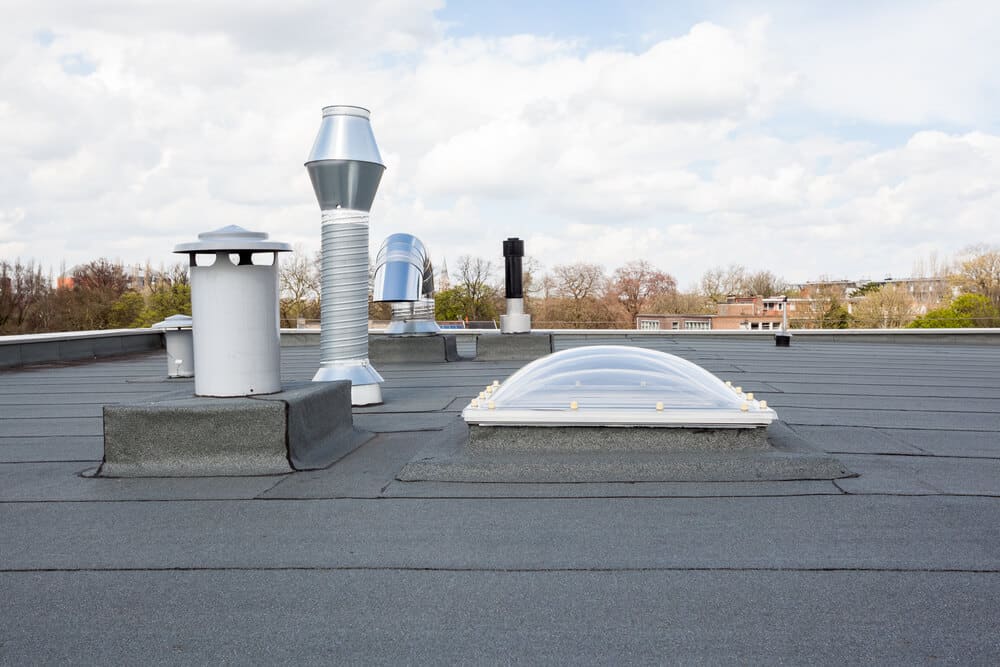
Attic ventilation isn’t something we tend to give much thought to. Modern houses are insulated, and that makes placing vents in the roof a moot point, doesn’t it? But as anyone who has spent time living in an old house can testify, hot air rises. Even a well-insulated house can be cool in summer, warm in winter, and continue to boast terrible attic ventilation.
Here’s everything you need to know about ventilating your attic and reducing energy costs in the process.
The Benefits of Attic Ventilation
First of all, are roof vents necessary? The short answer is yes. Good attic ventilation has a demonstrably positive effect on improving air circulation in your home. In particular, vents drastically improve air temperatures in attics and crawl spaces. However,those aren’t the only benefits of installing better attic ventilation.
Increase Energy Efficiency
One of the primary reasons for putting vents in the roof and attic is that it reduces your energy bills. Trying to properly ventilate several stories of a house can be tricky. The density of cold air means it struggles to reach the attic. And while it’s possible to compensate by keeping fans running, that’s extra electricity in addition to the amount used by the overtaxed air conditioning. Attic vents reduce the need for fans, increase air conditioning efficiency, and help you cut down on energy expenses.
Proper Air Flow
It should go without saying that a significant advantage to improving the airflow in the roof and attic is that it redistributes air throughout the house. Especially in old houses, air cooling systems can struggle to distribute air correctly. Without adequate ventilation, the brunt of the cool air gets directed into a major vent and neglects others. That can leave you with a frozen master bedroom and a stifling attic. Additional vents, especially in spaces prone to overheating, are an ideal way to circumnavigate this problem.
Reduces Damages
Another benefit of ventilating your attic is that it avoids long-term damage to your roof. Condensation buildup can be especially problematic. But air vents in the right places can help condensation accrue in the first place. It also avoids problems like heat-warped shingles.
Another common problem is that inadequate ventilation causes asphalt roofs to age prematurely. You must inevitably replace your roof shingles at some point, but there’s no reason to do it sooner than you have to. Upgrading an existing ventilation system or installing a new one can prevent damage to asphalt shingles and save you money in the long run. Signs of shingle damage include:
- Curling
- Blistering
- Change of shingle color
Different Types of Vents
When reimagining your attic ventilation, there are several vents you should consider using. Below are some of the most frequently used vents.
Intake Vent
Ridge or intake vents are one of the most popular vents for improving air distribution. Intake vents are placed on the roof’s ridge. If you want to maximize an intake vent’s performance, it should be at least as big as, if not larger than, the available space on the ridge.
They dramatically improve the amount of air able to circulate through, and by extension, cool down, an attic or crawl space.
Intake vents are essential, especially for homes with heating and air conditioning systems. They ensure fresh air gets circulated through the house instead of perpetually circulating the existing air. If you have noticed that your air tastes “stale” or is dusty, that’s because your current ventilation system, should you have one, has an inadequate air exchange rate.
Soffit Vent
 Soffit vents get positioned at the lowest point of the roof and throughout the house. While not necessarily part of an attic ventilation system, carefully positioning soffit vents can cool even the stuffiest attic. Soffit vents come in many sizes, styles, and colors, making it easy to tailor them to your needs. If your home relies primarily on intake and exhaust vents, consider adding soffit vents to your roof.
Soffit vents get positioned at the lowest point of the roof and throughout the house. While not necessarily part of an attic ventilation system, carefully positioning soffit vents can cool even the stuffiest attic. Soffit vents come in many sizes, styles, and colors, making it easy to tailor them to your needs. If your home relies primarily on intake and exhaust vents, consider adding soffit vents to your roof.
Exhaust Vent
Exhaust vents live up to their name. Where other vents work by bringing cool air into the attic, exhaust vents push stale air out. Typically exhaust vents work in tandem with intake vents to ensure that air continues moving through the attic. Exhaust vents are ideal in cold climates and are affordable to install.
Gable Vent
Sometimes called louvered vents, gable vents are another perennial favorite when it comes to attic ventilation. Their effectiveness stems from the fact that they can function as intake and exhaust vents depending on the prevailing wind direction.
To understand how gable vents work, it helps to think of them as being like windows. They squeeze excess and overheated air out of the vent, but when open, they also can take in the fresh air and reduce attic temperatures. You place fable vents near the top of the roof for maximum efficiency.
How Many Roof Vents Do I Need?
We’ve gone over the various kinds of attic ventilation systems, but how many roof vents do you need? This varies depending on the size of the house. However, an approximate rule is that you want at least one vent for every 300 square feet. But this presumes that you have a vapor barrier. If you don’t, then you want fractionally more air vents. For maximum efficacy without a vapor barrier, you need a vent every 150 ft.
That said, two houses rarely are the same. Many factors affect the number of roof vents your home needs. These include the local climate and the type of air present in your home. We’ll consider all these things when giving you a quote.
Who We Are
We are a Minnesota-based roofing and siding construction company. Our knowledgeable team of home improvement experts offers over 50 years of experience in roofing, siding, and ventilation installation. Our customer-first approach means we prioritize your needs, and work with you to develop a project timeframe that promptly and effectively solves your problems at an affordable rate.
Trust in Your Roof
Reliable attic ventilation can significantly improve the air quality of your home, especially in your attic. Additionally, a well-placed vent prevents expensive problems like water damage from condensation or shingle damage. Crucially, vents make your home more comfortable. And because they reduce the need for auxiliary fans, they can make running your home more affordable. Not only will you be less reliant on air conditioning, but your energy bills will also cost less.
Contact Advantage Construction today and ask about attic ventilation for your home. We’ll work with you to find a system that meets your needs at a rate you can afford, and ensure you won’t spend the summer watching the vents get installed.
